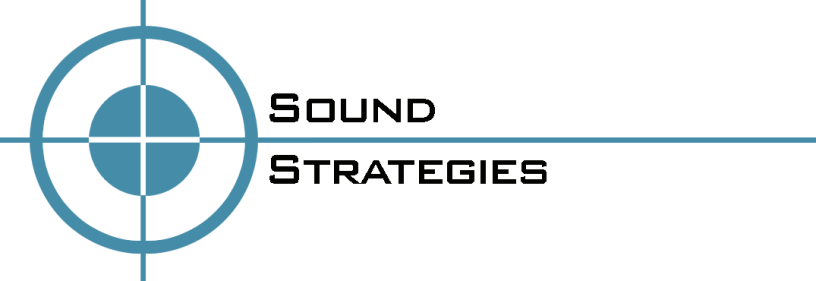
Glossary & Tech Lingo
Content Delivery Network (CDN) – This is a collection of web servers distributed across multiple locations to deliver content more efficiently to users. The server selected for delivering content to a specific user is typically based on a measure of network proximity. It is an excellent solution for serving large numbers of static files such as images, video, CSS, and scripts.
Content Delivery Network (CDN) – This is a collection of web servers distributed across multiple locations to deliver content more efficiently to users. The server selected for delivering content to a specific user is typically based on a measure of network proximity. It is an excellent solution for serving large numbers of static files such as images, video, CSS, and scripts.
Google PageRank – A popularity index created by Google that measures the quantity and quality of inbound links. PageRank is a logarithmic scale. A PageRank of PR5 is several magnitudes greater than a PR4. However, it does NOT include relevance as a factor. The quality of an inbound link is determined by examining the PageRank of the site (measured at the home page), the position of the page that contains the link (linked from the home page, secondary page, etc.), and the number of other external links on that page.
Heading Tags – These HTML tags (H1, H2, H3, H4, H5, H6) are used to identify visible headings on a web page. The use of these tags is controlled by the web application serving the web pages and/or by writers adding content to a website. They are used by the search engine to assign phrase rank within a specific page and every website should have a clearly defined strategy for the use of these tags.
Keyword Analysis – The keyword analysis is used to determine the most productive content and link acquisition strategies. It is also used to create a list of critical phrases that are used to track the success of the SEO campaign. It consists of a categorized list of keyword phrases sorted by relevance, traffic, and competition.
Long-tail Phrases – This is the set of large numbers of keyword phrases that typically have a low volume of traffic and weak competition from other websites. Though each individual phrase may not have alot of traffic, the total amount of traffic may exceed the traffic for the more competitive phrases. In addition, these phrases typically have a better conversion rate.
Meta description – This web content element does not appear on the visible web page. It only appears as the second line of the search engine result. It should be limited to 160 characters. It is the “call to action” for the search engine result. Though it has no effect on rank it dramatically affects conversion rate (click through).
Organic Rank – Based on content and inbound links from other websites. The following factors are used to determine rank:
– Format, relevance, and quantity of content
– Quality, relevance, and quantity of inbound links from other websites
– The overall age of the domain (older established domains have better rank)
– The “freshness” of the content (sites that frequently add content have better rank)
Page title – This web content element does not appear on the visible web page. It only appears in the search engine result and the browser tab. It is the first line of the search engine result. It is the single most critical element of content and dramatically affects phrase rank. There are numerous rules and guidelines for optimizing the title.
RankMgr – This is a comprehensive rank monitoring tool used to provide periodic reporting for specific set of keyword phrases. It also stores the rank history for each phrase. It is a critical component in the SEO rank monitoring and analysis efforts. Visit RankMgr.com to learn more.
Responsive Design – This is a design approach which assures that the web pages provide the best visitor experience regardless of the device type (desktop, laptop, tablet, mobile, etc.) and desired screen size. This is accomplished by allowing certain elements (images, blocks of text, padding, etc.) to shrink in size and change position as the screen size is reduced.
Widget – A widget is a self-contained element (placeholder) which can include text, images, links, forms, etc. that is designed to accomplish a specific function such as capturing an email address or displaying recent posts. It also describes a specific method for allowing users to alter the information in a call-out box when using the WordPress content manager.
XML Sitemap – This is an XML file that contains all the URLs for a domain along with additional metadata about each URL. The metadata includes the date last updated, relative importance (priority), and how often the content on the page changes (frequency). This file is used by the search engines so that the site can be crawled (cached) more efficiently and effectively.



